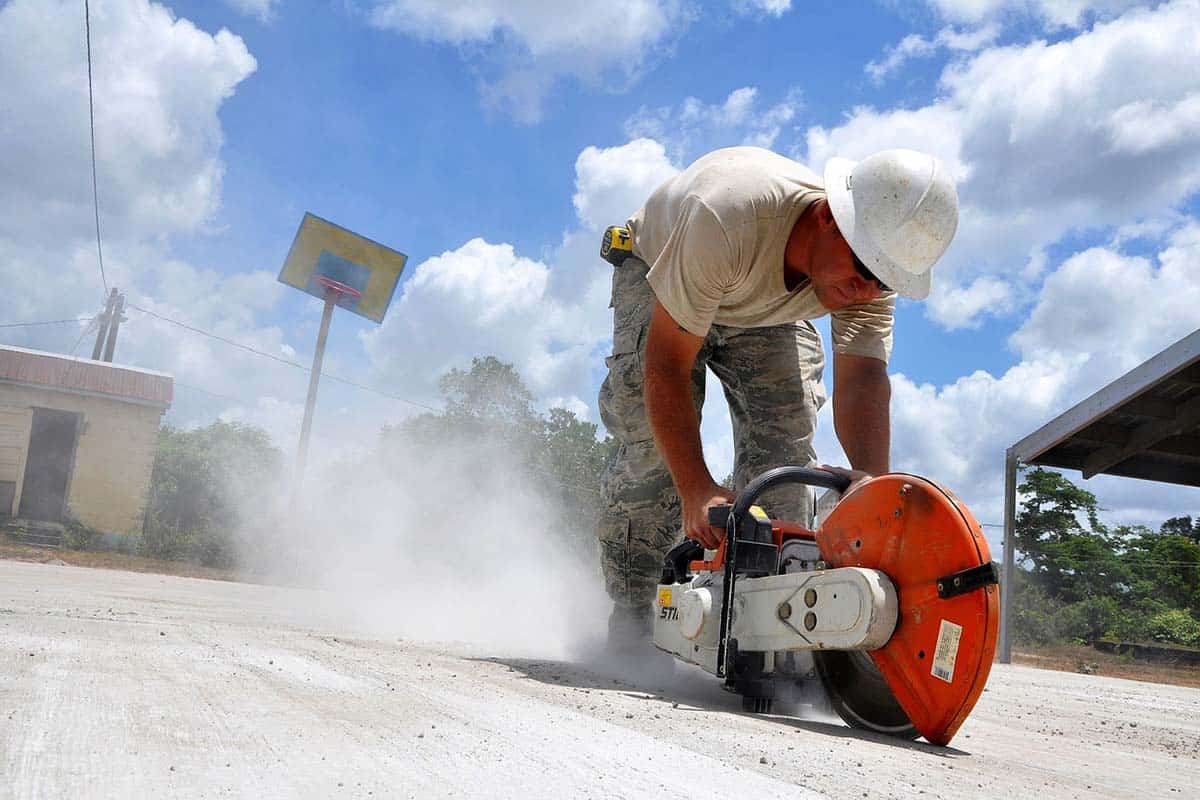
Cracking, chipping, discoloring. These are common to floors. Seeing these and more are signs that you need to call the Pros at concrete repair. But why do these problems occur? The common reason is faulty concrete installation. Aside from time-worn causes, a poorly constructed floor can bring you more issues.
Wear and tear that caused by weathering and being old happen after some time. What you need to avoid most are flaws that occur early on.
So how can you tell if a floor is poorly made? What can you do after seeing them? We’ll give what you can do. First, learn these signs in spotting a faulty installation for concrete.
1- Concrete Crumble
Signs to See
The concrete does not only have cracks, but it also crumbles. Months after installing your new floors, you see crumbs. Tiny gravel-like pieces sprouts from the surface.
You might think that these were just residues from the finished construction. Somehow they don’t go away and seem to appear often. Check deeper. This could be a sign of corrosion.
What to do
Here’s what you need to learn from spotting corrosion. This is an effect of contamination on the cement and steel. A common contaminant is a chloride. An exposure to chloride while building the floors’ footing makes an insufficient reinforcement. Later it could loosen the steel or disrupt its hold on the concrete. These are what happens below. The base corrodes.
Above now, you see the floors produce crumbs. When you see this, don’t’ wait for the foundation to altogether crumble in large areas. Get in touch with your contractor and tell them this. Knowing now the cause, communicate them. They must not deny this. If your world with ones trusted, they’ll provide immediate remedy for this.
2- Don’t Deny Discoloration
Signs to see
Other faulty issues would concern a work ethic. Seeing the finish of your concrete floor fade quickly is a sign that installers did a poor job. An apparent reason is they want to speed up their job.
Here’s what you need to know. Before the coating, installers should make sure the cement is well-prepared. A bare slab that is set-up for the coating process needs cleaning and grinding first.
After preparing the slabs, you need to wait for 30-days to cure and fully absorb the moist. This is the failure of insufficient coating. The dampen slabs underneath, causing the coats to wash off easily.
Another, the coating mixture is also poorly prepared. If you work with a proficient contractor, they use accurate proportions of sealers, resin, and water. Some concrete coating needs a light mixture for lightweight flooring systems. It uses a two-part combination- water plus the resin.
What to do
Further, use a solid-based coating for owning a commercial concrete. Have this communicate with the Pros so they can install the right match of products for your floors.
If discoloration appears immediately just months after installation, let your contractor know about it. They can offer you free resealing. They should know this.
3- Scaling Is So Common
Signs to see
If the concrete has no adequate strength, it will cause scaling. This is a common issue on concrete. The layers peel off slowly. The chips of cement keep on detaching.
Here’s what you should know, scaling happens due to improper curing. Post and pre-curing are necessary for concrete. It spreads and then seals the coating effectively.
Pre-curing is when installing the right proportion of water and cement mix. The cement needs enough moisture, temperature, and a precise amount of time to fully form into a crystal. Low humidity and an inaccurate amount of heat on the cement mix will result in a flaky, porous slab.
What to do
Since scaling is a familiar problem, the contractor can quickly put off aid to it. But having now know the deepest problem, you should tell that to them. Most installers just finish the job and will not entertain concerns anymore. If this happens, look for a trusted contractor who gives lifetime support. They usually foresee common mistakes and act on it.
4- Crazing Cousin To Scaling
Signs to see
Like scaling, a common and misunderstood problem is crazing. This is when you see thin light cracks. They look like webs that grow on the surface. These are not as damaging as the cracks, but they do lead to it.
What to do
Here’s what it tells you. The concrete is too damp when it was curing. Curing is a tricky process. The right way to cure is to wait. Timing is the key.
If contractors know that the weather has no sufficient sunlight and natural heat, it will cause the cement to lie on the surface damp for a long time. It will not solidify as it needs to be. The result is a slab that develops lines at an early age.
A good coating for this is solid-based on the concrete coating. It will cover up premature signs of damage t make it polished and seamless.
Contractors who know their fault should offer you a follow up that they must reseal it. Clients and the Pros at concrete repair should meet in the middle. Don’t be scared to ask if you can deal with them for a reasonable cost.
You May Like These Articles As Well:
Maine To Manufacture Compact Homes And Provide Essential Housing Units








